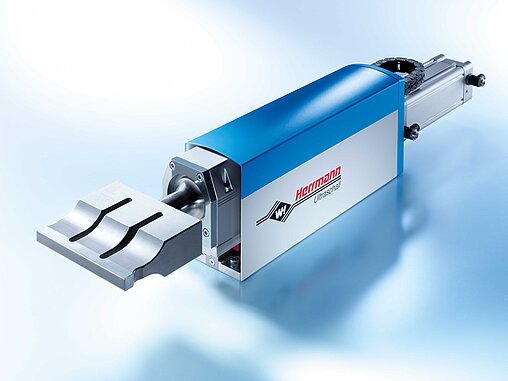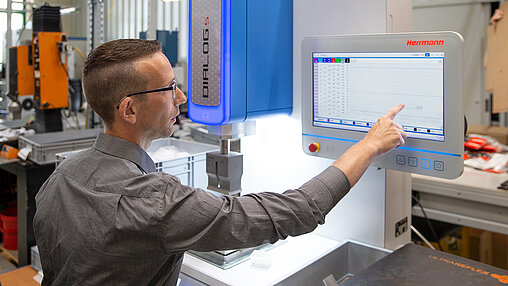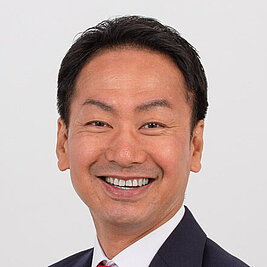Successful ultrasonic solutions

Produce small batches simply faster
For the producers, manually inserting 18 brass female connectors into a plastic frame for a control unit was a laborious and costly process. Ultrasonic welding offered an efficient alternative which considerably shortened the cycle times and was also financially worthwhile – in spite of a low unit count. The versatility of the sonotrode and Herrmann Engineering played a crucial role here.
Discover this special customer story
A new take on busbar connections
Fast, reliable and with minimal contact resistance: ultrasonic technology is perfectly suited for joining busbar applications. New developments optimize the process even further to meet future requirements. Find out how innovative ultrasonic welding increases output, safety, and efficiency in your manufacturing.
Explore new solutions today
Download Expert Resources
Learn more about the benefits of our ultrasonic welding technology for your electronic application. Our downloads contain knowledge from more than 60 years of ultrasonics, providing valuable insights into advanced assembly techniques. By sharing our technical expertise, we foster a close partnership on equal terms, ensuring we can execute projects as quickly and successfully as possible.
Download our exclusive resources to unlock decades of innovation and stay ahead of the rapidly evolving electronics industry.
Partner with Us
Contact our team to discover how our premium solutions can elevate the quality and effectiveness of your large-scale manufacturing.



















